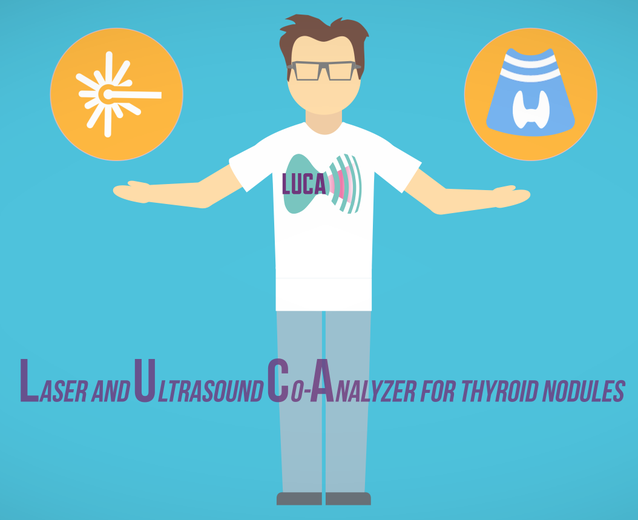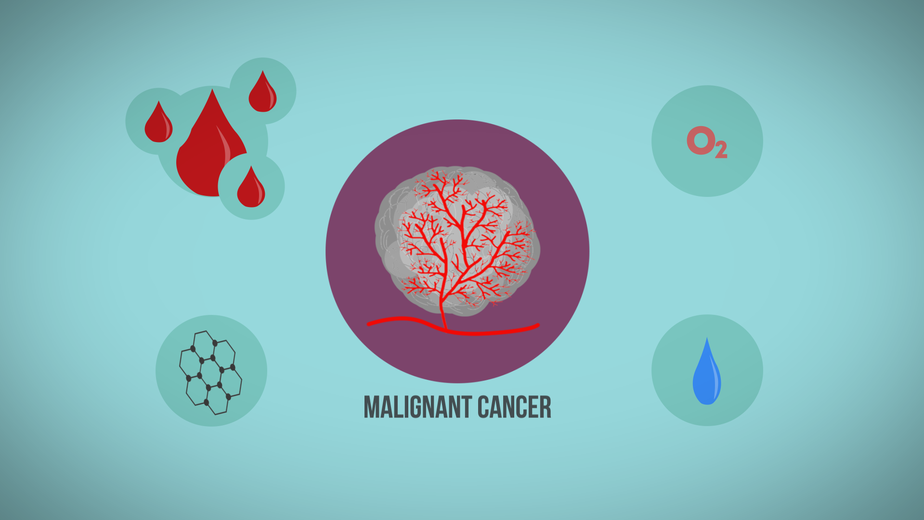Tech Project
Description of the challenges faced by the Tech Project
LUCA is a four-year project tackling the growing societal need for sustainable healthcare by producing a novel, point-of-care, low-cost device for the screening of thyroid nodules. The device will combine two photonics systems, near-infrared diffuse correlation spectroscopy and time-resolved spectroscopy, with a multi-modal ultrasound system and a probe that enables multimodal data acquisition for the screening of thyroid nodules for thyroid cancer. The LUCA device has the potential to represent a very innovative tool for other types of cancer diagnosis, screening and therapy monitoring in areas of the body accessible to both ultrasound and near-infrared diffuse optical technologies. LUCA is therefore expected to have a significant impact on the field of thyroid cancer but also additional areas of cancer screening.
Brief description of technology
LUCA device combines multiple modalities – two using photonics (i.e. light) and one using ultrasound – with a smart analysis and display module. These modules are developed within the LUCA consortium with novel components and sub-systems and integrated into a single device which acts as a common platform. There are elements that deliver light of different wavelengths (colors), that detect the light that has gone through the human tissues and process them. There are also elements that deliver and detect ultrasound waves. And finally, all these are controlled, processed and displayed using a smart module which simulates the light propagation in tissues. The light and ultrasound are delivered and read out from the tissue using a hand-held probe with smart sensors for safety and data-quality. The probe resembles a traditional thyroid ultrasound but with fiber optics for the photonics modules. The output of LUCA is a multiparametric, non-invasive evaluation of the thyroid nodules characterizing its metabolic physiology (blood flow, blood oxygen saturation) and its structure (collagen, water, cell density) and relating them to whether the nodule is likely to be benign or malignant.
What the project is looking to gain from the collaboration and what kind of artist would be suitable
The goal is to bring science and technology closer to the society by disseminating the project goals and its socio-economic impact to the general public. The work and the artwork of the artist should provide us with the a novel approach to achieving this goal and we should be able to exhibit it either internally at ICFO and/or externally for outreach activities. Ideally, this should be accompanied with appropriate audio-visuals and text for an online description of the experience for further dissemination of the artwork.
Resources available to the artist
ICFO will provide standard office space, access to office computers with appropriate software for artistic purposes, visiting rights to the scientific laboratories and access to mechanical and electronic workshop. ICFO has dedicated spaces for outreach and artistic purposes, including darkrooms suitable for light installations, space for public displays (ICFOseum), workshop spaces and more. ICFO has already previous experience with artist collaborations and is provided with a multidisciplinary staff, including Outreach and access to clinical staff.




